The Joy of Tea
I’ve always enjoyed tea. I am, after all, British ... but it turns out I've been doing it wrong all my life.
Note from 2020 me: This post was written way back in August 2012. I've edited it a bit and removed some old links. Everything I wrote is absolutely true ... though I may not indulge so often as I did back then.
I’ve always enjoyed tea. I am, after all, British. Nothing less is expected. Apparently I had tea in my bottles as a baby – I count myself as an experienced tea quaffer.
It has been there to keep me warm in winter, cool in the summer. It has kept me constantly refreshed, my thirst quenched. I may have occasionally dabbled with coffee but it has never, ever come close to replacing my beloved tea. Nothing has. Until recently.
It’s in the bag
It turns out my tea drinking life has been a sham.
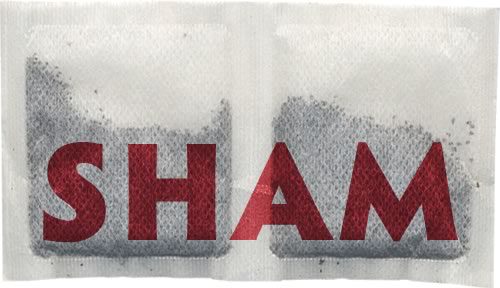
For over 30 years I’ve always supped my tea via the convenience of bags, you see. For many years it was your usual PG Typhoo Tetley fayre. They did the job. I knew no better. I enjoyed them. Then came Yorkshire Tea, a massive improvement in flavour and strength – my mainstay brew for years. It’s among the best of the tea bags available. But it is still just a tea bag. It’s not how tea is supposed to be.
The Japanese have a ceremony for a reason.
The Fabled Cracking Cuppa
I always suspected something wasn’t quite right – I’m betting that some of you out there may suspect the same thing. The ‘Cracking Cuppa Tea That’ moment. You know, that one cup of tea that somehow tastes better than anything you’ve had for ages. The one you suck down in minutes even though it’s a bit warmer than you normally like. The one whose flavour seems to linger in the mouth longer than a nanosecond (if at all). The one that as soon as you finish it you want another.
That, right there, is the problem. When you do make another, it somehow isn’t anything like the same drink. Even though you followed your lovingly honed tea making ritual to a – ahem – tea. Admit it, you do have one of these rituals, and you think yours is the best. It’s not you fault, my friend, that you failed to make that Cracking Cuppa again. No it’s the perforated paperish holder full of dust that is the villain in this piece.
First a quick botanical lesson
Tea, in case you were unsure, is a leaf. You know, like off a bush. A bush called Camellia Sinensis to be exact. All tea comes from this magical plant.
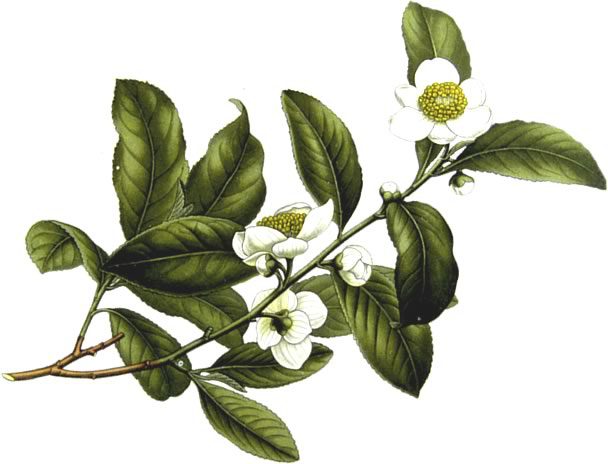
All of it.
Green, black, white (yes, white), oolong, lapsong sushong, darjeeling… even PG Tips. That’s your fact for the day. If what you’re drinking doesn’t have Camellia Sinensis in it, it ain’t actually tea… but that’s a different matter.
All of those different varieties come from what is done to the leaf after it has been picked. Mostly it’s down to oxygen levels. Again that’s a different matter – and one I don’t fully understand myself, you can get the general gist from Wikipedia though.
A perforated tea dust prison
So in case you hadn’t worked it out tea comes from pouring boiling hot water over a pile of Camellia Sinensis leaves and leaving them to shed their flavours into the water. That’s called steeping. It is quite important to whole flavour thing. It’s also the classic tea bag’s main failing. Allow me to use images to illustrate that point.
This is tea being picked in Tanzania…
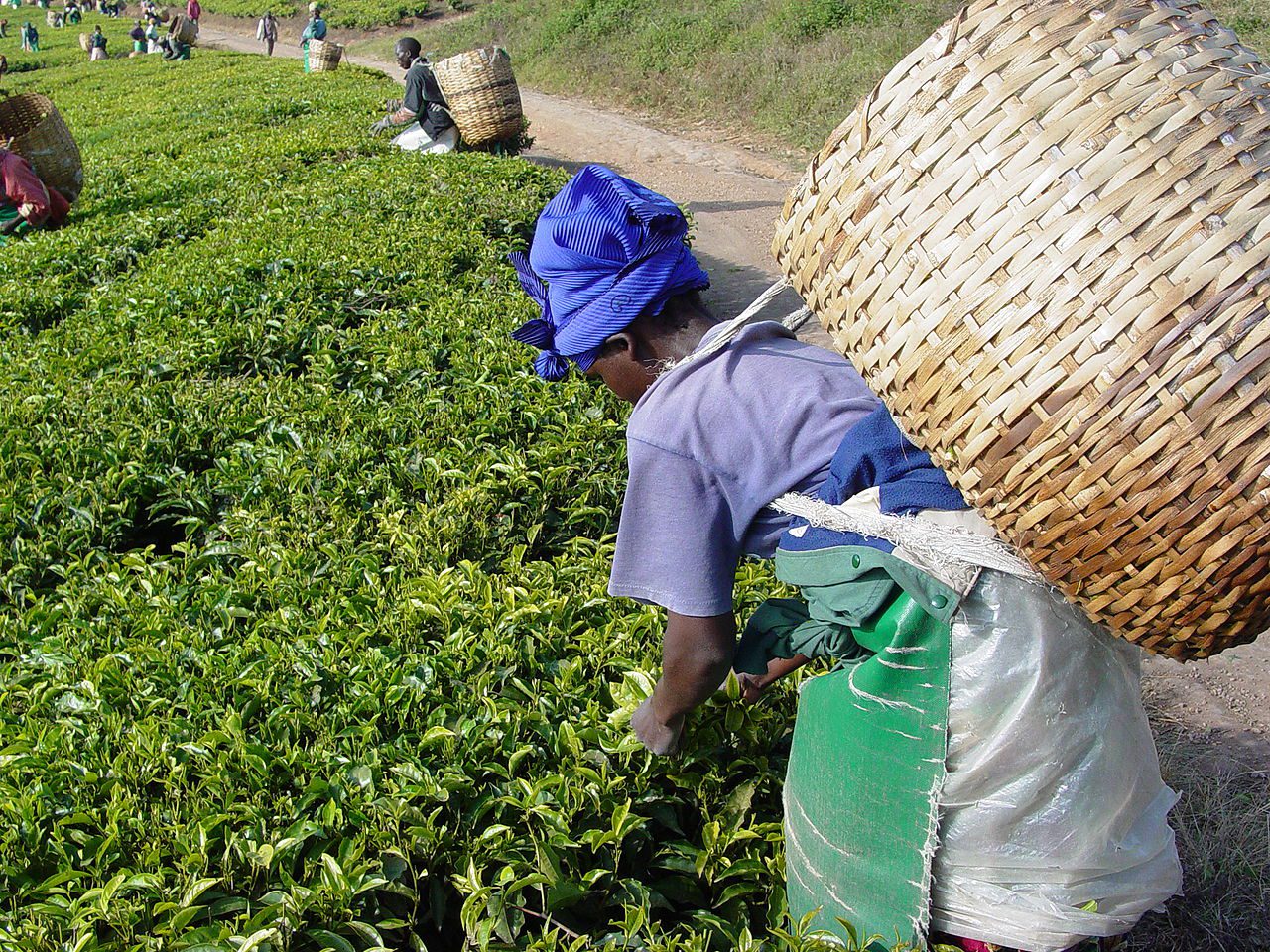
This is some leaves being steamed and processed in to Pu-erh tea leaves…
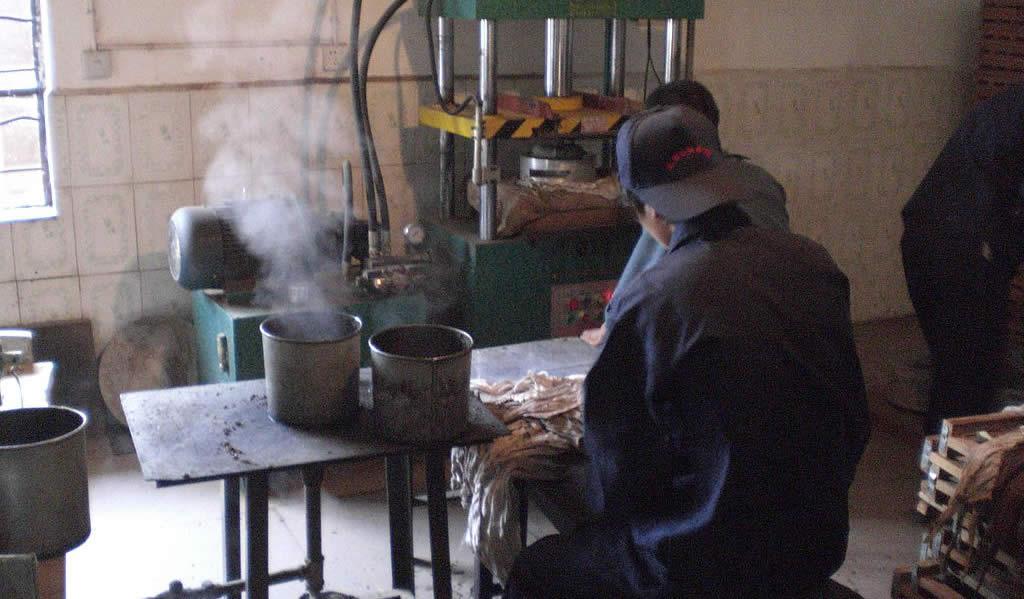
Once the tea has been processed you are left with a leaf that looks something like this…
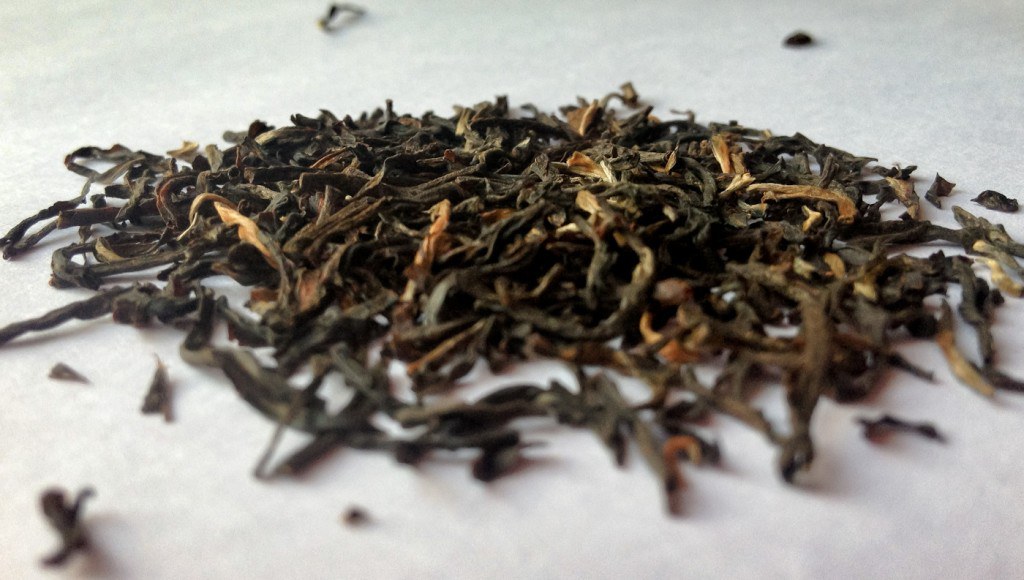
That is a pile of Royal Assam leaves from my collection. Notice their size.
Here is a photo of some of the contents of an ordinary tea bag…
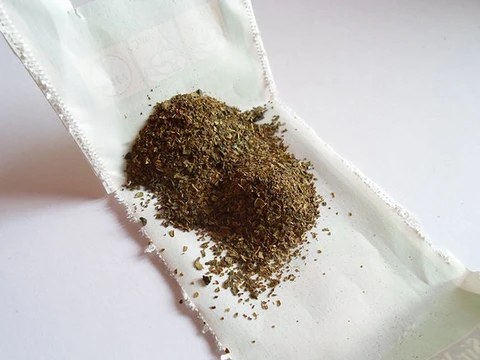
Notice anything strikingly different?
Time
The tea bag is a compromise to convenience.
As you can tell from that last image the classic, every day tea bag is filled with the obliterated dust of what used to be noble tea leaves (if you’re lucky). They do this to increase the surface area of the leaves. Which, if you remember your GCSE science lessons, speeds up the rate of reaction. That means your tea brews quicker – it’s the reason, for example, sugar cubes take longer to dissolve than granulated.
Proper full tea leaves need to steep (very generally) for 3-4 minutes. A passage of time that seemingly doesn’t fit into the modern age. The tea bag remedies this issue.
And Space
When a whole tea leaf gets rehydrated it expands back to it’s natural state, shedding all it’s flavour and natural oils. The volume of the leaves increases massively…
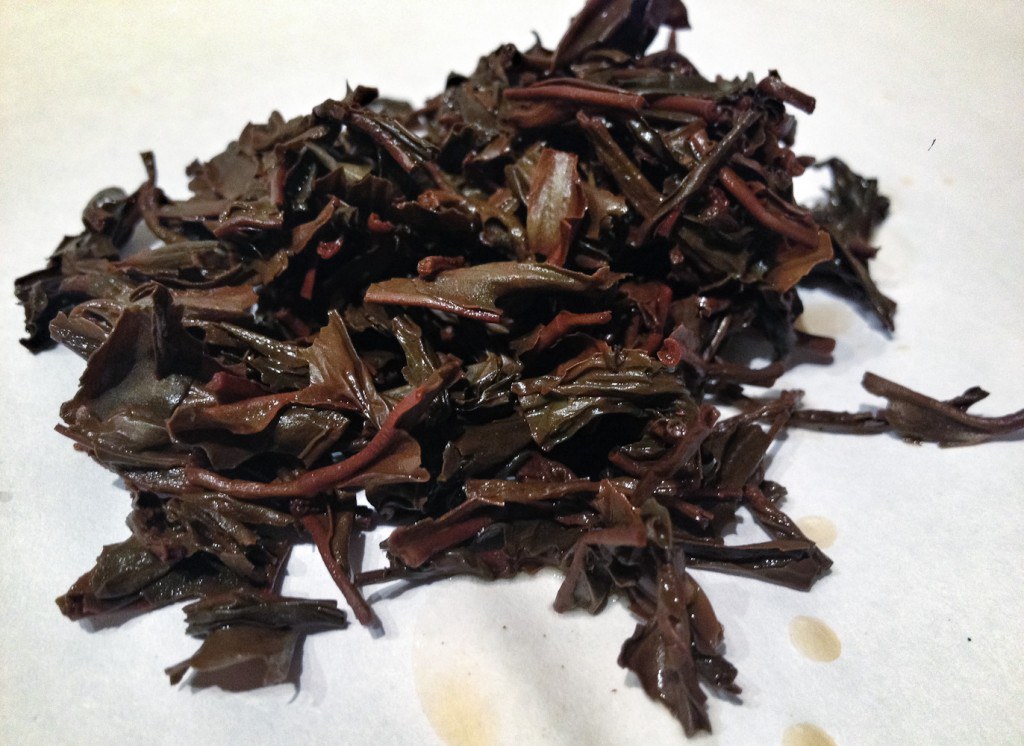
That is a picture of the same Royal Assam tea leaves after they have been steeped for about 3 minutes. You can see how much they have changed. You can also see how that sort of expansion is a problem for a normal tea bag – there just isn’t enough room in that little bag to allow for that sort of expansion in size.
The bag is great for keeping things neat and tidy, for negating the need for straining, and making things very simple but it stops this expansion.
The tea bag is a compromise to convenience.
How to consistently make a Cracking Cuppa
That convenience comes at a price – and that price is being able to consistently enjoy a Cracking Cuppa. Tea bags will occasionally manage to hit that sweet spot. Occasionally the planets will align and there will be enough tiny parts of decent tea leaves in that bag to brew something really good. The cup that reminds you of why tea is a national treasure. But those cups are few and far between.
There is only one way to virtually guarantee a Cracking Cuppa every time.
Don’t use tea bags.
I’m not being a snob about this. It’s a simple fact. If you want a Cracking Cuppa practically every time you fill your cup, then you’re going to have to use proper tea leaves. This immediately makes things less convenient. It means having a more involved process, steeping longer, straining, filtering, cleaning… mess in general.
Well a little a bit of mess – but not as much as you may think.
It also means experiencing some wild eyed bewilderment as your eyes are forcibly opened, Matrix style, to the real world of tea.
You will go from choosing between Typhoo and Tetley… to well have a look for yourself around a place like the wonderful Tea Palace… it’s hard to know where to even begin.
Where to begin. Maybe
You have your main categories of tea – black, green, white etc. That is bad enough, but from there you have many, many, many varieties of leaves. All with vastly different flavours and qualities. Quite frankly it’s scary. Think wine, think single malt whisky, we’re in that sort of territory. But with centuries more history.
Oh and to add even more variation you can blend all the different varieties to make even more flavour sensations.
I am not experienced enough to tell you how to approach this bewildering choice, all I can tell you is how I have stumbled my way through so far.
My gateway into this dark world of quality tea was via the the Brew Tea Company. At the time they had a tea bar in Liverpool city centre (now they have blossomed into a tea company that has their tea on the shelves of supermarkets and everything). It was this den of tea leavery the led to me purchasing a bag of Scouser’s Breakfast and a funky IngenuiTea teapot device.
Breakfast blends are the closest taste to the sort of thing you get in a tea bag. Only with lots more flavour. A proper seller will list the leaves used in the blend so you can get a feeling for the type of tea you like. Buy a few blends, see what you like. Then start looking for the single leaf stuff listed in the ingredients, and buying lots of different varieties.
There is a lot of trial and error. I’m not going to lie, I’ve got a cupboard full of bags of tea that isn’t going to get used all that much. Plus buying tea is sort of addictive, it appeals to the half-arsed collector in me. There is brilliant tea out there, and the one I buy next might be the best ever. It’s like buying vinyl/beer/whisky/packs of football stickers.
There are a few review sites that are around. They are fine, and might help point you in the right direction, but like all of these things it’s full of fairly pretentious, subjective whaffle. There’s definitely a place for that but I’m personally much happier lurching blindly from tea to tea to discover what I like to drink.
The Process
Buying tea is only one part of the problem. Once you’ve got your leaves what do you do with them?
Somewhat unsurprisingly there are lots of options. From the humble classic teapot to modern gadgetry. I can only report from my experience, and what I’ve used so far.
IngenuiTEA by Adagio
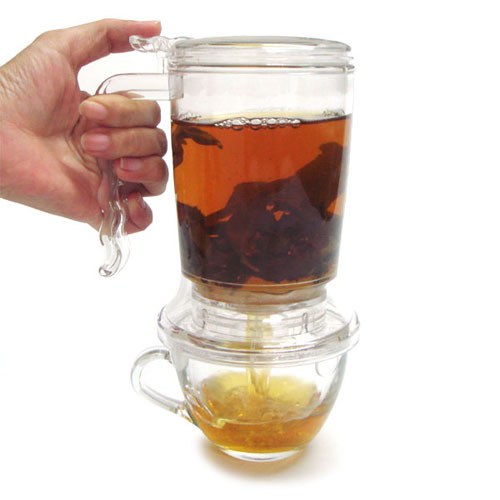
I love a gadget, and this brewing device really caught my eye from the beginning. Not least because it’s a really good value device at a price you can fairly happily take a punt on.
So I did, and I was very happy for a good while.
It couldn’t be simpler to use. You spoon some leaves into it, pour on the water, leave it for a few minutes to steep. When it’s done you plonk the whole device on top of cup, the valve opens and the tea drains through a strainer directly into your mug. It’s very neat and the fact it’s clear makes it fascinating to watch the steeping process in action.
I used mine happily for about 18 months, but it did have it’s drawbacks. It’s nicely self contained, but that mean cleaning wasn’t as easy as it could be. You’d have to take the whole device to the bin, knock out most of the leaves, then take it back to the sink and swill out the stragglers down the plug hole. I was always a bit uneasy of putting too many through the drains.
You may have noticed I talk about IngenuiTEA in the past tense. I bought the first version of the device. This featured a completely separate, removable filter in the bottom. At first it wasn’t too much of a problem, apart from taking the occasional trip into the bin with the leaves. However, overtime it seemed to contract in size an stopped fitting snugly into the bottom. It started floating out when you added the water, which caused all sorts of issues with the valve underneath as leaves got stuck.
You could buy new filters, but by the time mine broke it had been superseded by the 1.5 version of the gadget which has the filter built in. The filters seem to be out of stock in the UK, so I reluctantly binned it.
I am planning on buying another of the improved versions though.
The PesonaliTEA
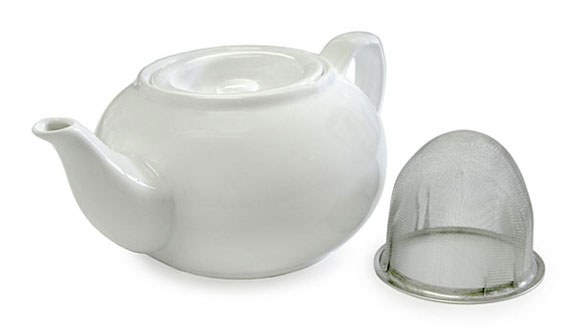
I’m not on a retainer to Adagio, I promise. But they do make very reasonably priced, extremely well though out tea making equipment. My IngenuiTEA was a single cup size, and I wanted something a little big bigger.
The two cup PersonaliTEA fitted the bill perfectly. Sometimes one cup isn’t enough, and having a nice warm pot with another cup ready to go is a Very Good Thing.
Traditional teapots are fine at this, except for one major drawback. The leaves are sloshing around the main bulk of the tea with no way to separate them. That means having to leave the tea steeping well after the optimal time has passed. This often leads to tea that is pretty horrible and bitter.
What I wanted was a tea pot with a separate, removable leaf container that can be taken out after the steeping has reached it’s peak, leaving the warm tea in a perfect state in the pot.
This little pot does that expertly. Inside it has a large stainless steel basket that holds the leaves in the water, but is easily removed after steeping. It’s pottery so stay fairly warm. It’s easy to clean too. It pours fine, without too much dribbling. It also looks quite cool with it’s sunken lid.
Enjoy
So that’s my ode to proper tea. I am not for one minute suggesting you drop tea bags all together. I certainly haven’t. I just want everyone to know that there is more to tea life than the hit and miss world of Tetley tea bags.
Like with most things in life that little bit of extra time and effort needed to use whole leaves is well rewarded in a tasty, tasty product. If you truly enjoy your tea you owe it to yourself to at least dip your toes into the massive lake of proper whole leaf tea. It is a true revelation to be able to brew tea and know for a fact that your are going to get that Cracking Cuppa with long lasting flavour.
Ahhh you can taste it now.
